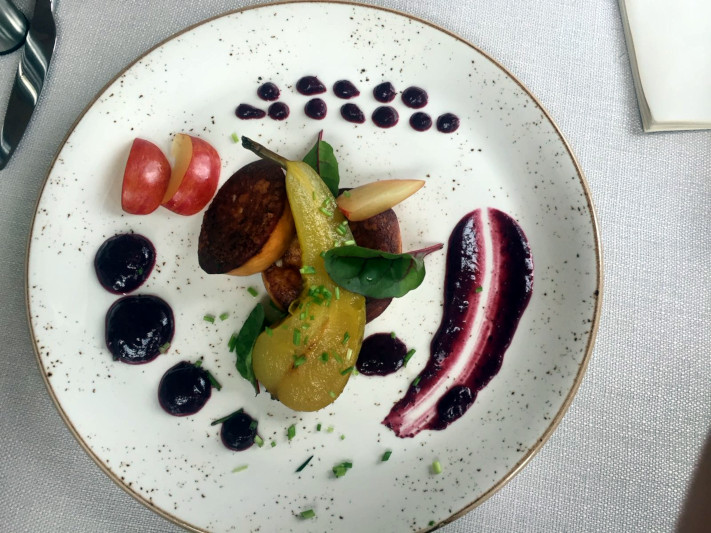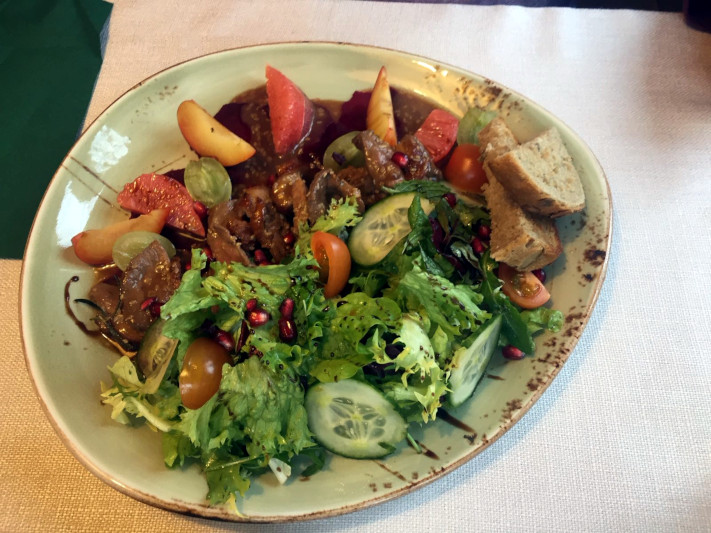Food
Soup: Polish cooking culture loves soups. There is a large variety of dishes based on soups too. There are very significant – żurek (sour rye soup with sausages and potatoes floating in it) and barszcz (beetroot, occasionally with dumplings thrown in).
Gołąbki: Boiled cabbage leaves stuffed with beef, onion and rice before being baked in a tomato sauce. Urban myth claims one of Polish Kings Kazimierz the Great, fed his army with gołąbki before his victory outside Malbork in a battle against the Teutonic Order.
Bigos: This is a dish typical for colder climates. Bigos, a.k.a hunters stew, is made using meat, cabbage, onion and sauerkraut before being left to simmer for a few days.
Pierogi: Pockets of dough traditionally filled with meat, cabbage or cheese, though you will also occasionally find maverick fillings such as chocolate or strawberries. This is one of most popular dishes here.
Kiełbasa: Sausages, and in Poland you’ll find several varieties made primarily with chicken, but sometimes using turkey, lamb and even bison (żubr). Few varieties to watch for including Krakowska, a Kraków specialty which uses pepper and garlic.
Placki: Nothing more than potato pancakes, often paired with lashings of sour cream. Again, all your traditional folksy Polish restaurants will have these on the menu, if not you have every right to raise a few questions in the direction of the kitchen.
Zapiekanki: Also known as ‘Polish pizza.’ Take a stale baguette, pour melted cheese on it and then cover it with mushrooms and ketchup from a squeezy bottle. Best eaten when absolutely plastered. Where to buy it: various fast food cabins dotted around the city centre.
Dessert: Few things in life get a Pole more animated than a good dessert. Sernik (a local variation of cheesecake) being a must if you want to even attempt to convince a Pole you have visited their country.













